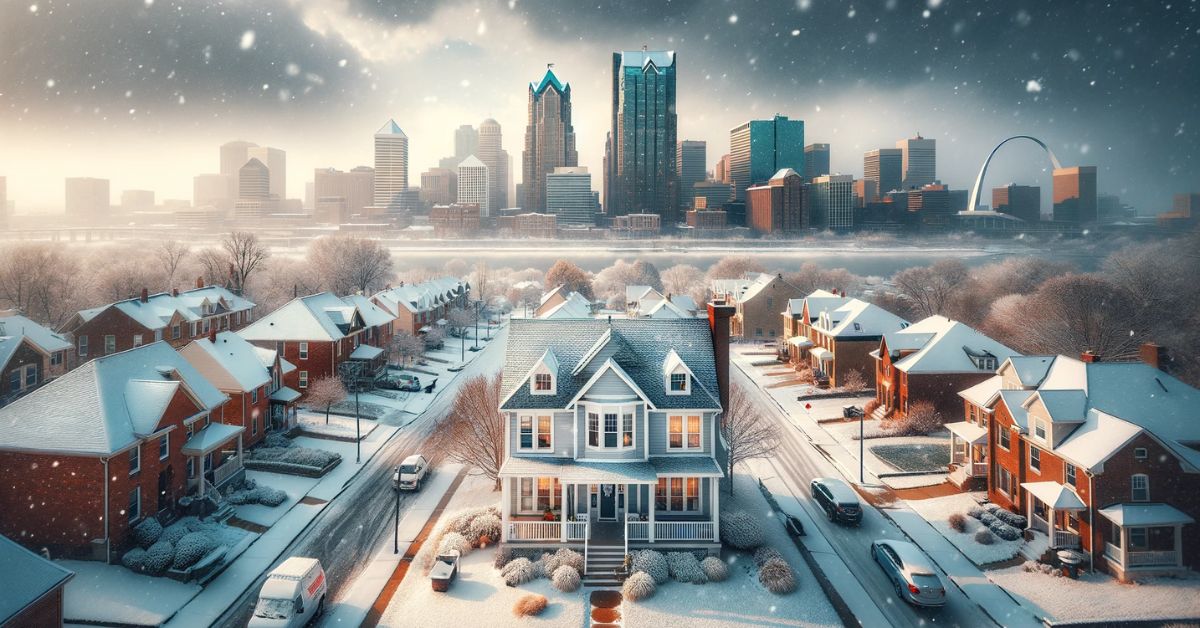
November 3, 2023
Winterizing Your Windows: A Roofer’s Guide to a Cozy Home
As the winter chill sets in and the first snowflakes start to blanket the ground, the last thing any homeowner wants to worry about is the damage that the cold and snow can cause to their house. While most people think about winterizing their cars or wardrobes, your home—specifically your windows—requires just as much attention. As a professional roofer, I’ve seen firsthand the havoc that winter can wreak on a home when it’s not properly prepared.
Why Focus on Windows?
Windows are one of the most vulnerable parts of a home when it comes to winter weather. Not only do they feel the brunt of the cold air, but they can also be a major source of heat loss. Moreover, windows that intersect with the roofline are particularly susceptible to ice dams—a ridge of ice that forms at the edge of a roof and prevents melting snow from draining off.
The Roofer’s Perspective
From the top of the house, I can tell you that the key to protecting your windows in winter lies in the roof. Here’s how you can ensure your windows and roof are ready to face the frosty months ahead:
1. Inspect and Repair Roof Flashing
The metal strips that seal the edges where your roof meets the windows, known as flashing, must be intact. Any gaps or rust can lead to leaks as snow melts. Before winter, take the time to inspect and repair these crucial pieces.
2. Seal the Deal
Check the caulking around your windows. If you notice any cracks or areas where the sealant has worn away, reapply it to prevent drafts and water damage.
3. Clear Those Gutters
It’s not just about the windows or the roof; it’s about how water moves away from them. Clogged gutters can cause water to pool and freeze, contributing to ice dams. Clean out your gutters to keep the water flowing and the ice at bay.
4. Add Insulation
Heat loss through the attic can cause snow to melt unevenly on the roof, leading to ice dams that push water against and around your windows. Adding proper insulation in your attic keeps the heat where it belongs—inside your home.
5. Ventilate Your Attic
Proper ventilation keeps the temperature of the roof consistent, reducing the chances of ice dam formation. Make sure your attic is well-ventilated to maintain a uniform roof temperature.
6. Consider Storm Windows
Installing storm windows adds an extra layer of protection against the cold, creating a barrier that traps heat and keeps your primary windows safe from the elements.
Final Thoughts
Winterizing your windows from a roofer’s perspective is all about prevention. By taking the steps to ensure your roof and windows are prepared for the cold, you not only enhance the warmth and comfort of your home but also protect its integrity from potential winter damage.
As you cozy up with a hot drink and watch the snowfall outside, you can rest easy knowing that your windows are safeguarded, ready to let in the beauty of winter without any of the chill. Stay warm, stay safe, and remember—a little preparation goes a long way!
Remember, these tips are not just for the DIY enthusiast. If you’re unsure about how to tackle any of these tasks, it’s always best to call in a professional to ensure your home is winter-ready.
